
Food of the Gods: 12 Historical Facts About Chocolate
1. The Olmecs domesticated the cacao plant 3000-4000 years ago – the Aztecs made it a dietary staple. The earliest known Mesoamerican civilization in history was that of the Olmecs. […]

1. The Olmecs domesticated the cacao plant 3000-4000 years ago – the Aztecs made it a dietary staple. The earliest known Mesoamerican civilization in history was that of the Olmecs. […]
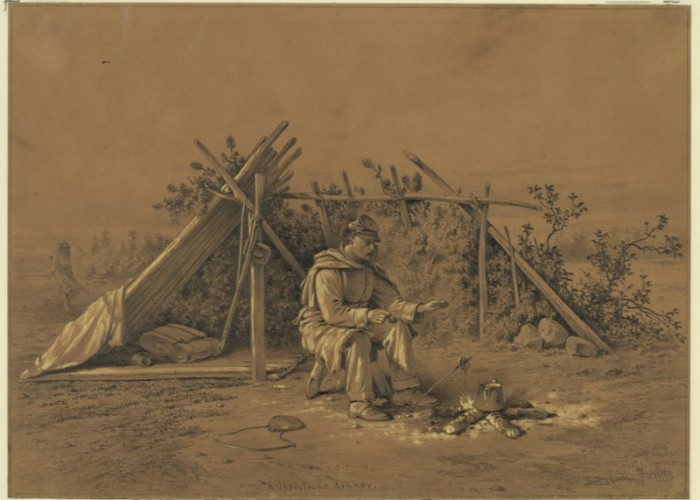
Despite the hardships associated with sometimes harsh physical and emotional conditions, the Civil War soldier, both north and south, found ways to make Christmas as enjoyable as possible.
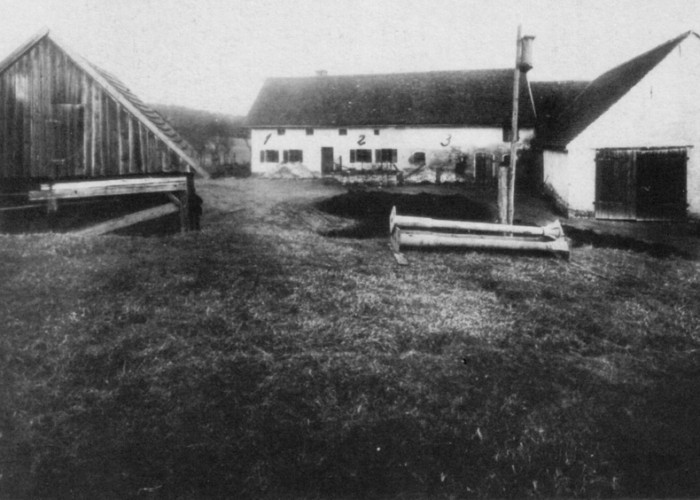
A crime unfolds in the hinterlands of 1922 Germany – and it still haunts investigators today.
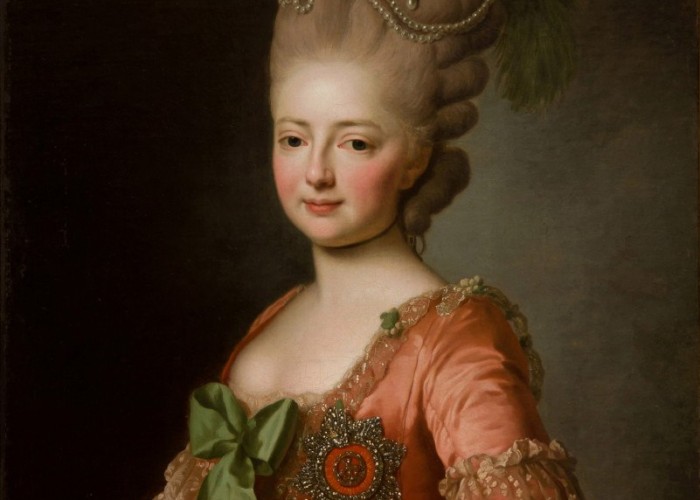
Léonard Autié himself wrote about the styles he was fabricating: “I myself had been frightened by the shamelessness of my conception; but soon the folly of the period got the better of me. One saw in the poufs the strangest things that fancy could imagine.”
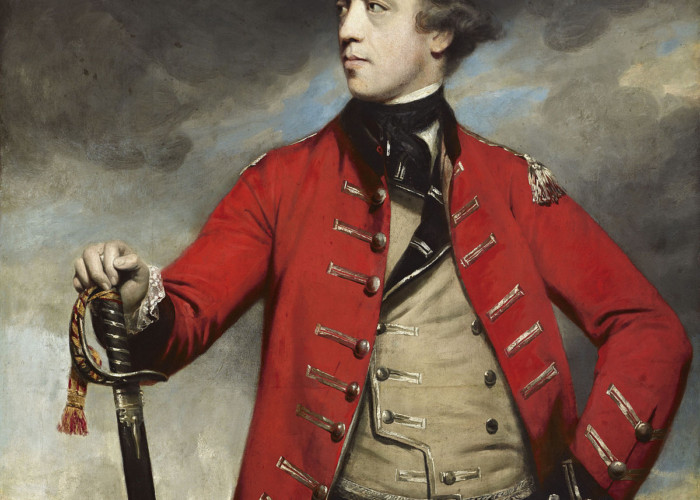
Over the course of history, red has become a symbol for concepts both real and abstract. It is used to represent sacrifice, luxury, passion, and victory – though darker meanings are also affixed to red, namely authority, war, desire, guilt and evil.
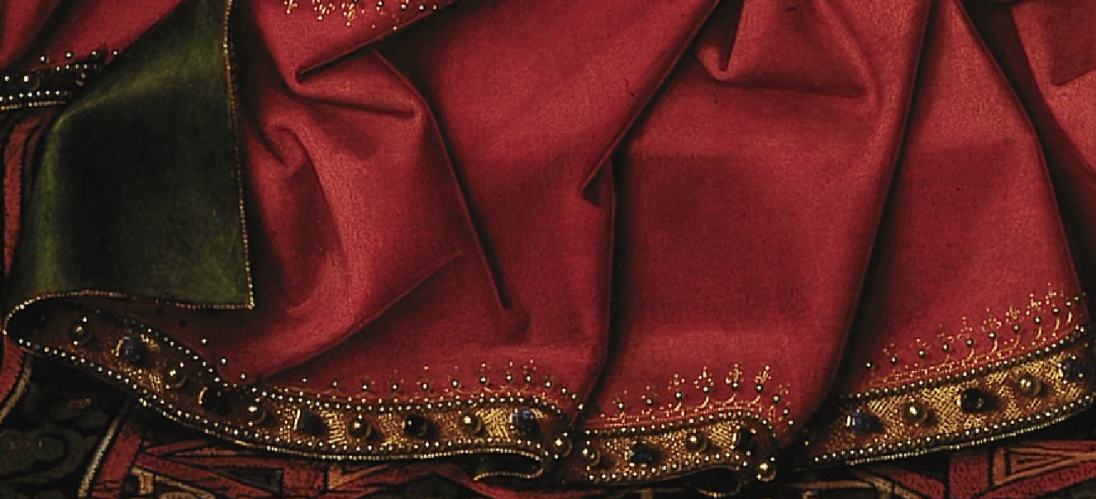
On the farthest edge of color waves visible to humans, there is red. It evokes a range of complex meanings and ideas: love, anger, risk all come to mind upon […]
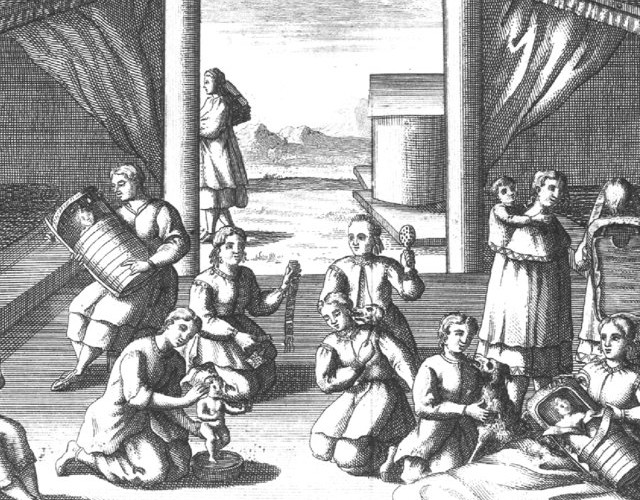
When William Penn first settled in America, his primary task was to establish a peaceful rapport with the Lenape people native to the land. As part of their agreement of […]

Textiles have played a key part of the history of the American colonies, and were of pivotal importance not only from a necessity standpoint, but as leverage for freedom from Britain as well.
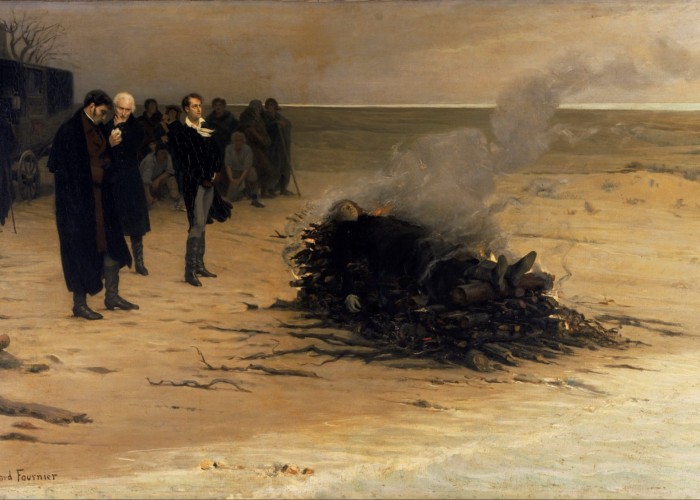
After Percy Bysshe Shelley’s death, his heart became a relic – the ownership of which was bitterly contested.

Reenacting, or living history, can be one way an individual can experience combat without the danger of death but also a way for one to relive history.